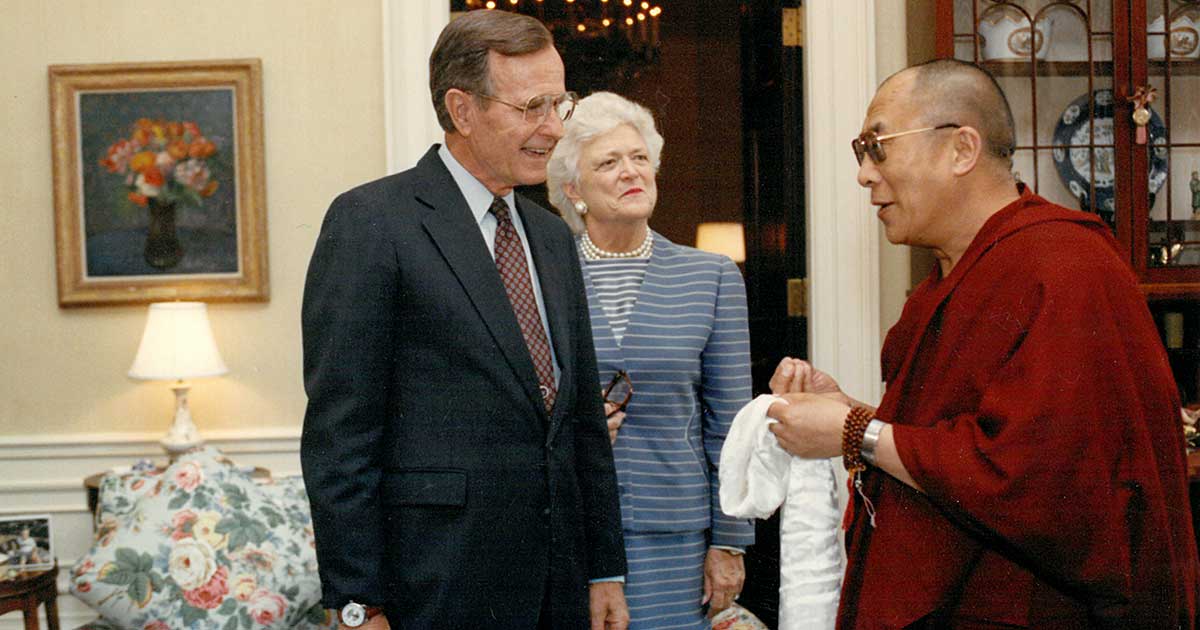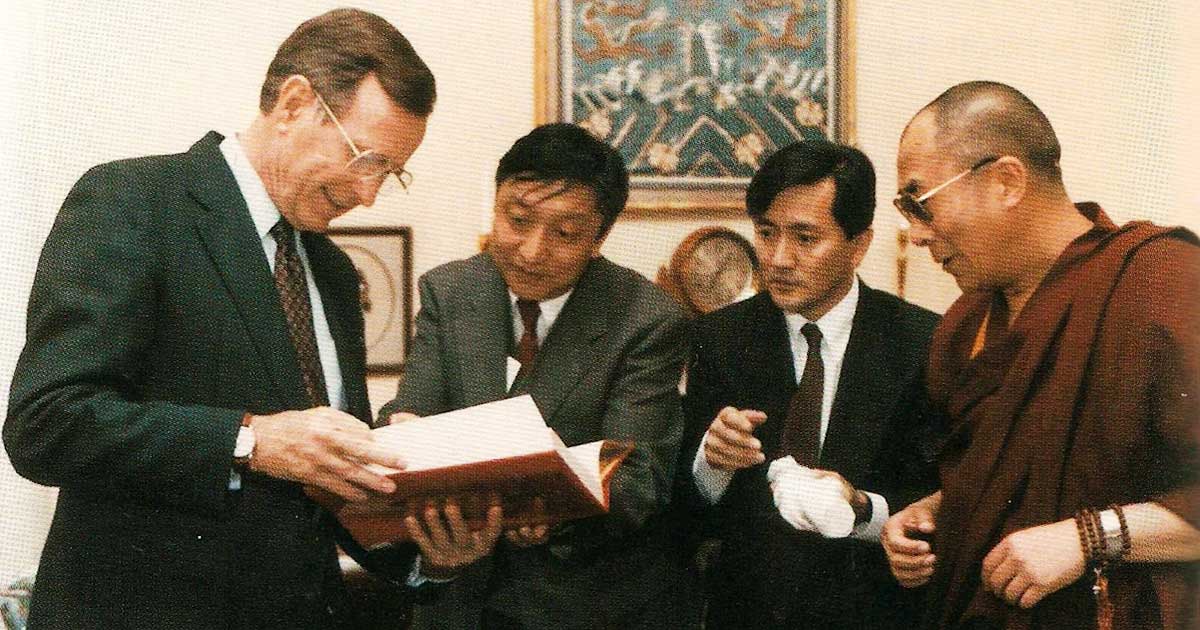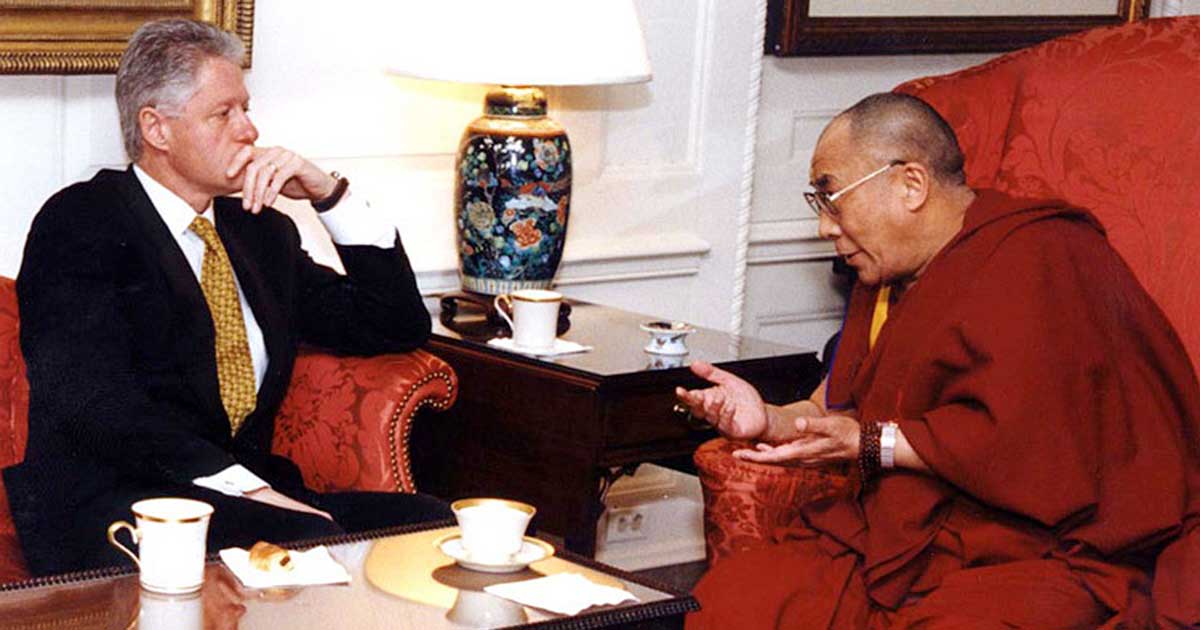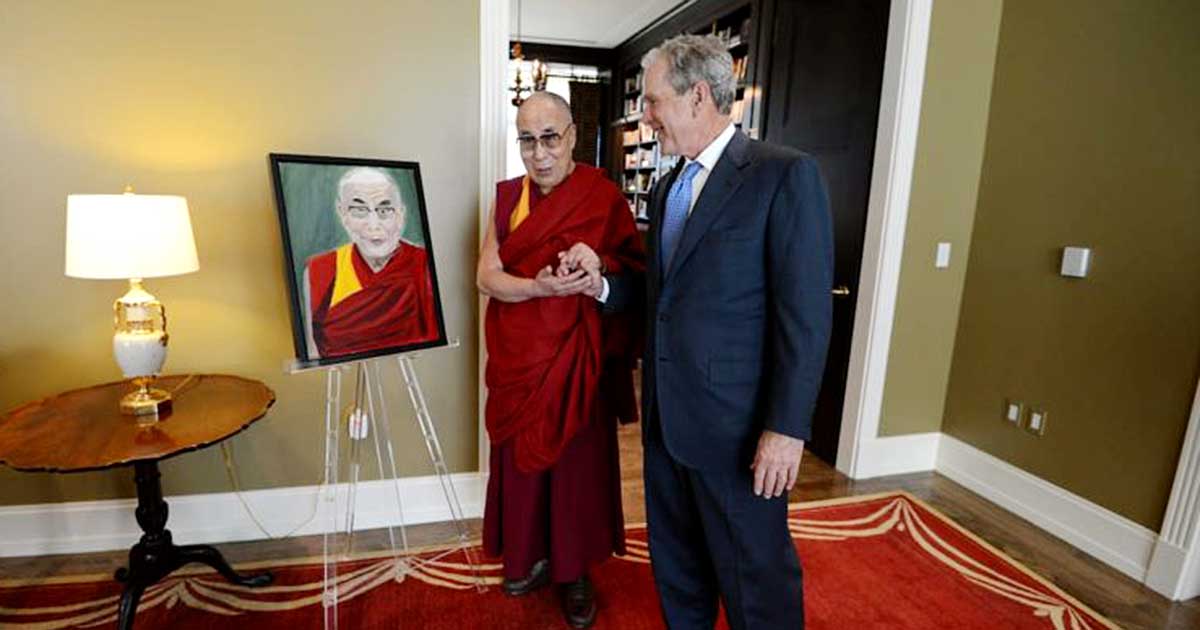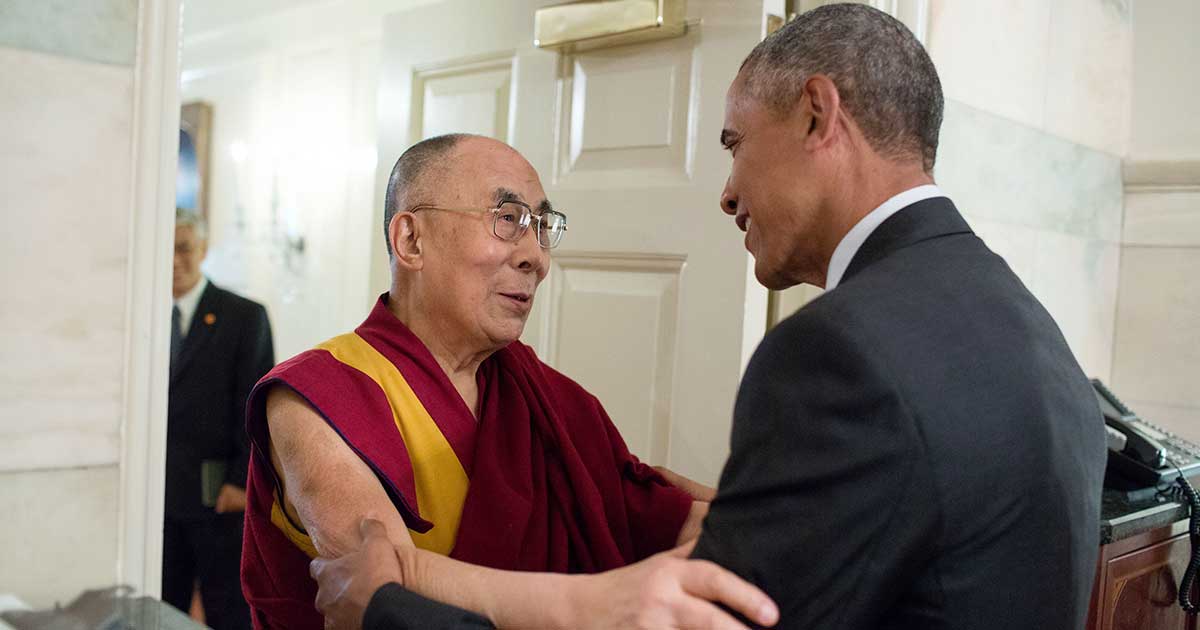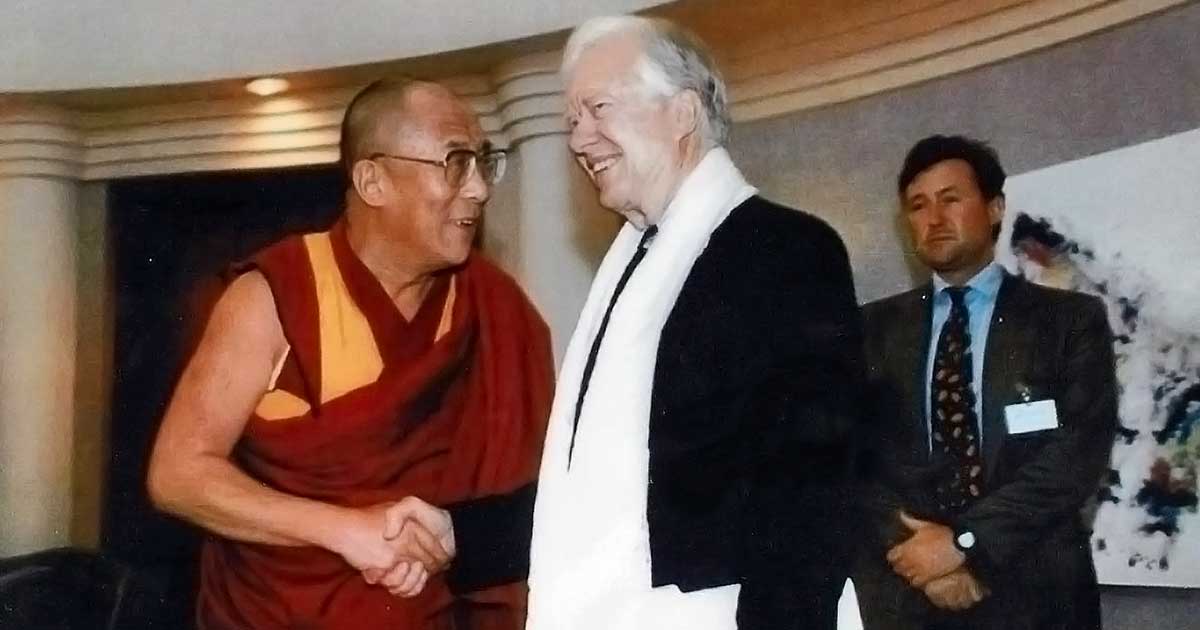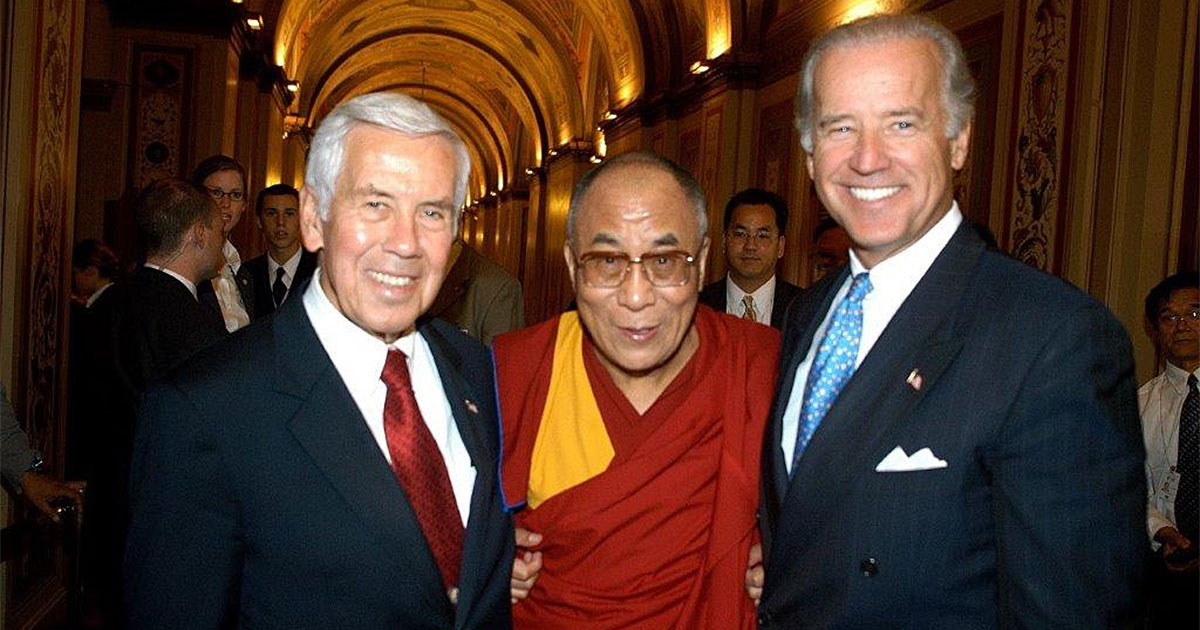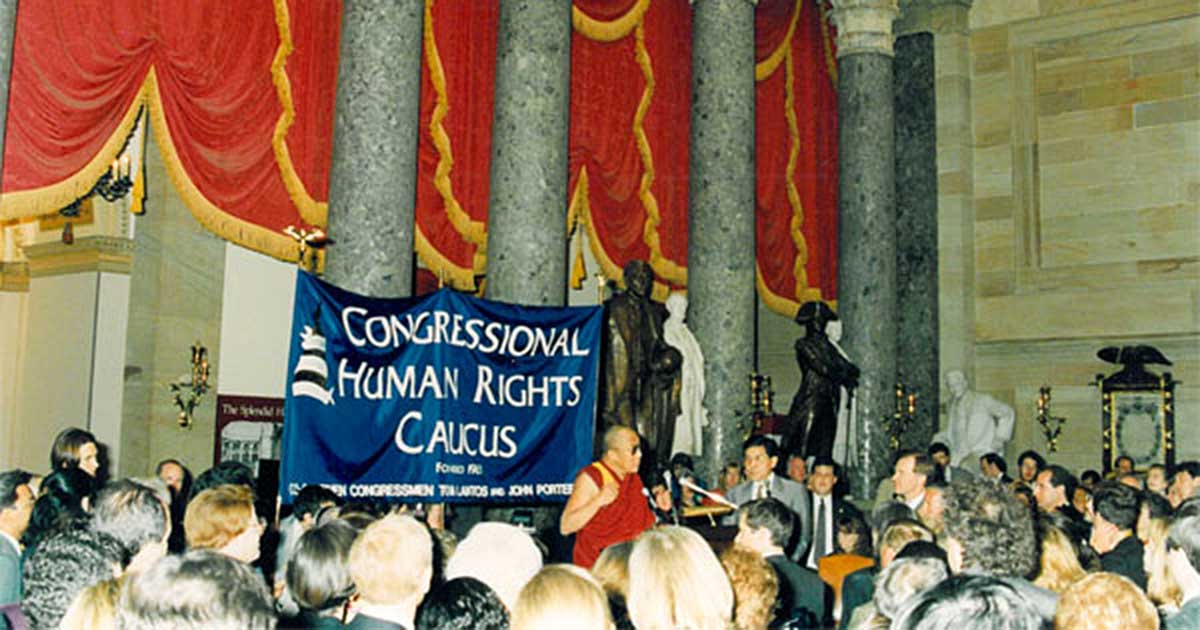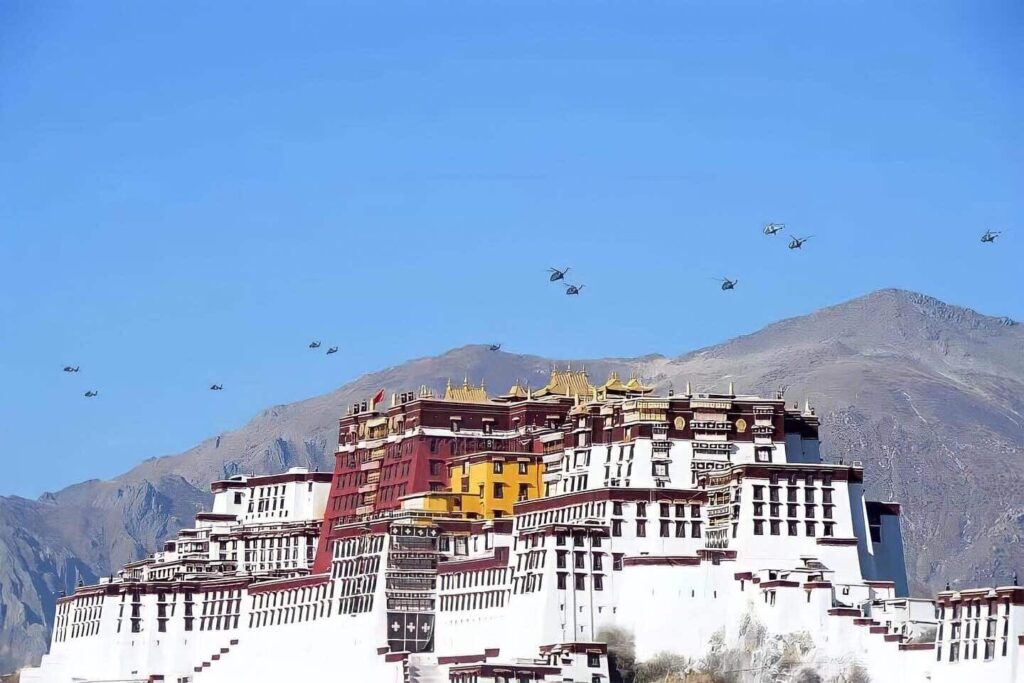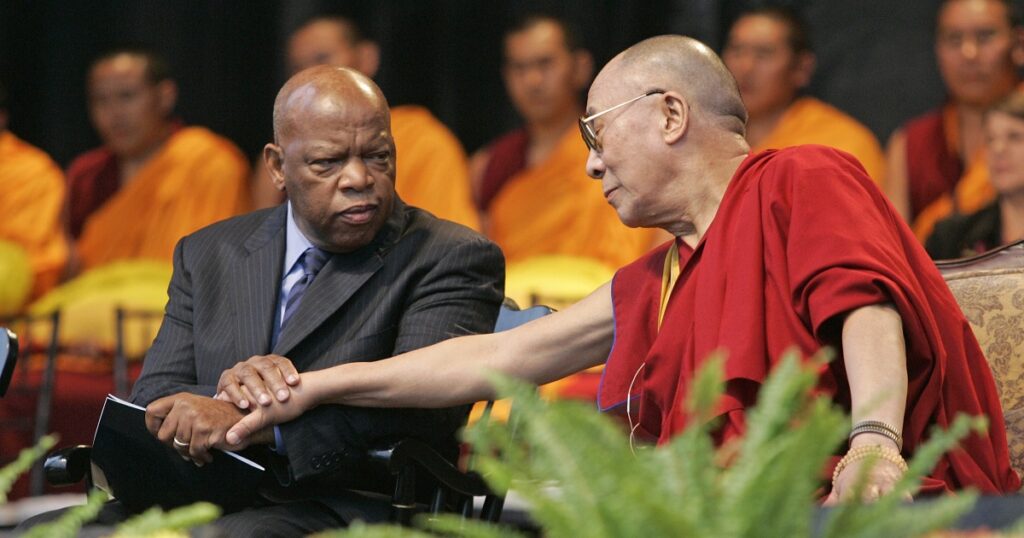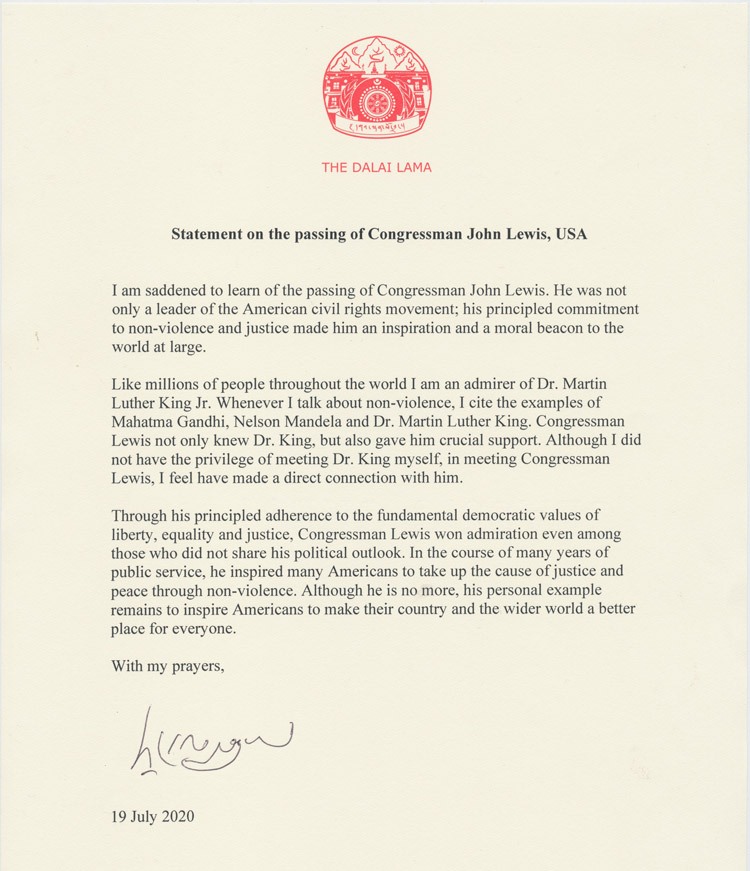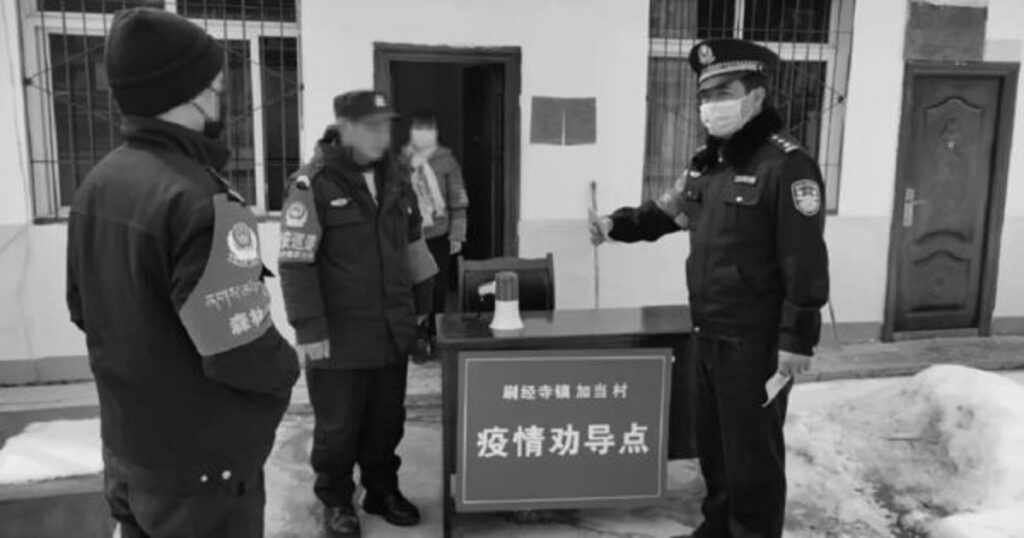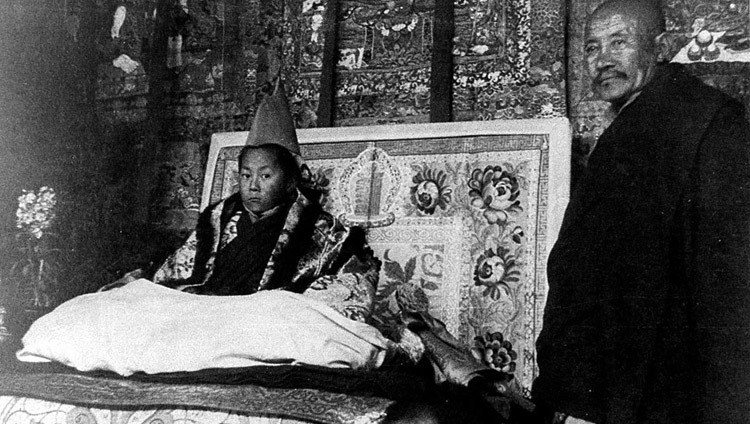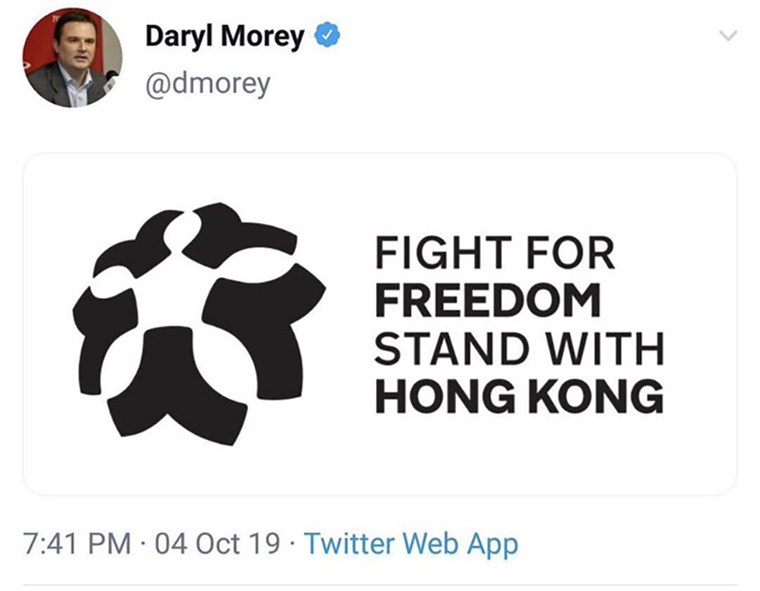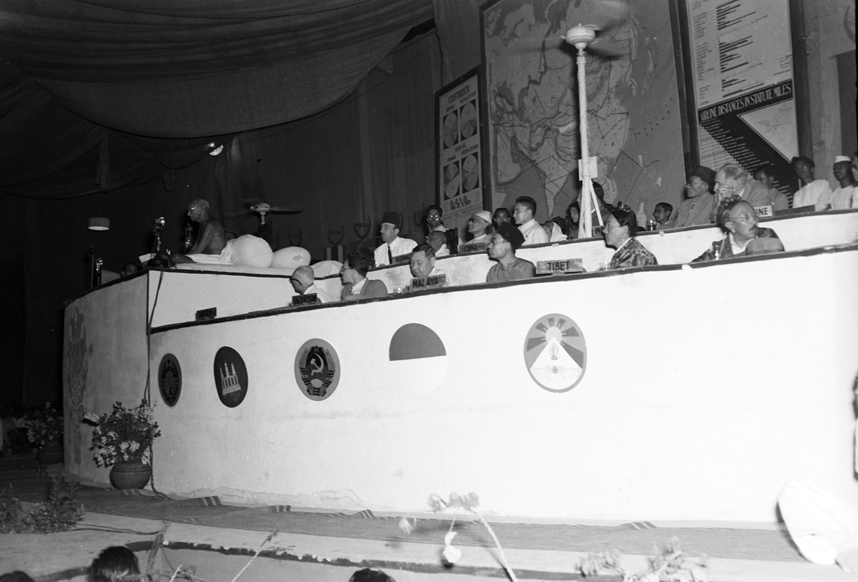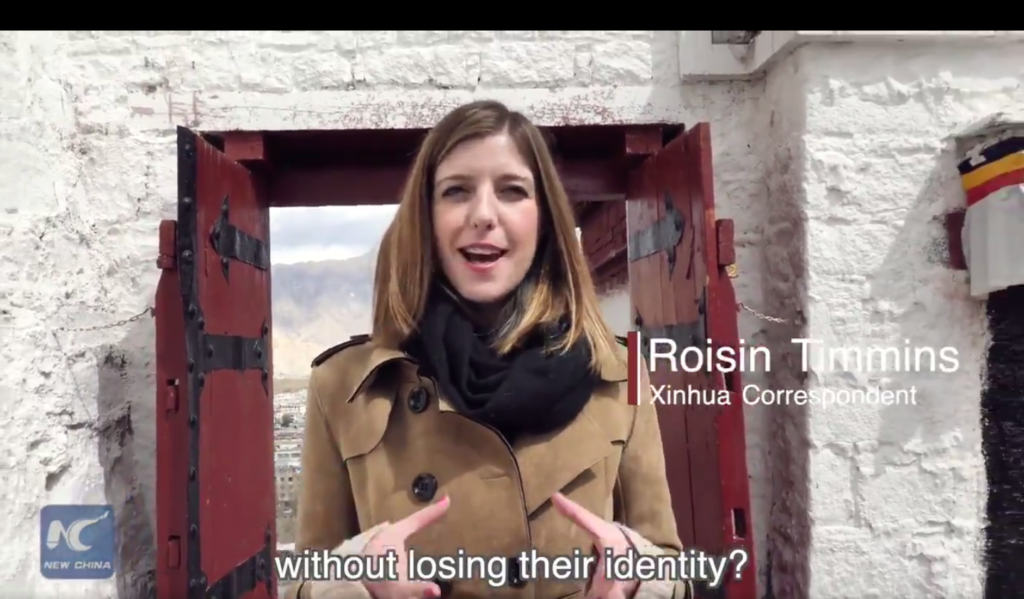In basketball, an NBA player spoke up for Tibetans, Uyghurs and other victims of the Chinese government’s oppression. His team’s games quickly vanished from streaming platforms in China.
In tennis, the world’s former no. 1-ranked doubles player accused a top Communist Party of China official of sexual assault. She’s been missing from public view ever since.
And in just over two months, China will host the 2022 Winter Olympics.
I’ve been a sports fan most of my life. In fact, my two favorite events are tennis and basketball (in that order).
Usually, sports are an escape from the depressing news I confront every day in my work on the Tibetan issue. Now, my pastimes are running headfirst into my profession—and I am all for it.
For too long, businesses, including big-time sports, have kept silent on China’s human rights abuses to avoid upsetting the notoriously prickly Chinese government and losing access to the Chinese market. But lately, China’s behavior has been so egregious that it’s becoming too hard for sports leagues—and sports stars—to ignore.
Enes Kanter
If you’re a Tibet supporter, by now you’ve probably heard about Enes Kanter’s bold stand in solidarity with the Tibetan people. To recap, the Boston Celtics center posted a video on Oct. 20 in which he wore a shirt with the Dalai Lama’s face on it and declared, “My message to the Chinese government is: Free Tibet!”
Kanter also wore “Free Tibet” sneakers with the image of a Tibetan self-immolator to the Celtics’ season-opening game that night. But the game never aired in basketball-crazy China: Celtics games were scrubbed from the Chinese internet that very day.
To their credit, Celtics’ Head Coach Ime Udoka and President of Basketball Operations Brad Stevens have both stood by Kanter and his right to speak his mind on important issues. Since expressing his support for Tibet, Kanter has called out China over East Turkestan (also known as Xinjiang, the region where China is carrying out its Uyghur genocide), Hong Kong, Taiwan and more.
On the flipside, Kanter says NBA officials tried to persuade him to take off his “Free Tibet” shoes, warning he could be banned from the league if he didn’t. Kanter kept the shoes on but got no playing time that night.
Kanter also got no support from the NBA’s biggest star, LeBron James. Last week, Kanter criticized “King James” on social media, writing, “Sad & disgusting how these athletes pretend they care about social justice … They really do ‘shut up & dribble’ when Big Boss ?? says so.”
In response, LeBron asserted that Kanter was “trying to use my name to create an opportunity for himself.” The sheer self-absorption of that statement—claiming Kanter was seeking an “opportunity for himself” when he was speaking up for those oppressed by China—has sadly become typical of James, whose outspokenness on social issues in the United States turns to silence whenever China is involved.
Two years ago—shortly before Chinese authorities began censoring news of a new virus emerging out of Wuhan—the Chinese government yanked some NBA games after Daryl Morey, then-general manager of the Houston Rockets, tweeted a pro-Hong Kong message. (It made me chuckle to learn that even now, China blocks games of my favorite team, the Philadelphia 76ers, because Morey now leads them. The CCP knows how to hold a grudge.)
For his part, James was as myopic then as he is now. Focusing on how Morey’s support for Hong Kong impacted him, James—who profits handsomely from sponsorship deals and fans in China—waded into self-parody by saying, “people need to understand what a tweet or statement can do to others.”
Today, having once again ignored the plight of Tibetans, Hong Kongers and other victims of the CCP, the greatest basketball player of this generation has shown his commitment to social justice is nowhere to be found when it comes to China. But with colleagues like Kanter continuing to apply the NBA’s social justice values to China, the league’s CCP problem isn’t going away anytime soon.
Peng Shuai
Thankfully, the stars of professional tennis have proven themselves braver than the cowardly king. As you’ve likely heard by now, Peng Shuai, a Wimbledon champion and one of China’s best-known athletes, wrote a post on Chinese social media on Nov. 2 accusing Zhang Gaoli, a former Chinese vice premier and Politburo member, of forcing her into sex.
It was the first time such a high-ranking CCP official has faced #MeToo charges. But within 20 minutes, Peng’s post was taken down; reportedly even the word “tennis” was censored from Chinese internet searches. Most worryingly of all, Peng herself disappeared. As of this writing, her only public appearances have been transparent publicity stunts.

China’s abduction of former top-ranked doubles tennis player Peng Shuai has threatened the future of international sports in the country.
Even those stunts, insufficient as they were, might not have happened had it not been for the extraordinary pressure put on China by the Women’s Tennis Association. WTA Chairman Steve Simon has been unequivocal in demanding “independent and verifiable proof” of Peng’s safety. Further, Simon has insisted on an investigation into her accusation against Zhang “with full transparency and without censorship”—an incredible demand of a regime that always holds itself above accountability.
Most powerfully of all, Simon has even said the WTA is willing to pull its tournaments from China if the situation isn’t resolved satisfactorily. That threat is even more astonishing considering that China accounts for at least one-third of the WTA’s revenues, per Sports Illustrated. But, singing music to my ears, Simon told CNN, “There’s too many times in our world today when you get into issues like this that we let business, politics, money dictate what’s right and what’s wrong … We have to start as a world making decisions that are based on right and wrong, period.”
It may seem like a no-brainer to remove your employees from a country that abducts a member of your workforce. But this is China we’re talking about. As Slate put it, “In the realm of corporate leadership, the WTA’s response to the Peng Shuai case has been radical and transgressive.” Fortunately, tennis’ top stars are not shying away from the issue either, with Naomi Osaka, Serena Williams, Novak Djokovic Roger Federer and others all voicing concerns about Peng’s wellbeing.
. #WhereIsPengShuai pic.twitter.com/51qcyDtzLq
— NaomiOsaka大坂なおみ (@naomiosaka) November 16, 2021
I am devastated and shocked to hear about the news of my peer, Peng Shuai. I hope she is safe and found as soon as possible. This must be investigated and we must not stay silent. Sending love to her and her family during this incredibly difficult time. #whereispengshuai pic.twitter.com/GZG3zLTSC6
— Serena Williams (@serenawilliams) November 18, 2021
Missing Panchen Lama
For many Tibetans and Tibet supporters, Peng’s disappearance no doubt recalls the Panchen Lama, the Tibetan Buddhist leader whom Chinese authorities abducted just days after the Dalai Lama officially recognized him in 1995, when he was only six years old. Asked about the Panchen Lama since then, Chinese officials have claimed he’s living his life normally and doesn’t want to be disturbed. Tellingly, that’s the same claim they’re now making about Peng. Thankfully, the leaders of professional tennis aren’t buying it—and neither are the White House and the United Nations.
Why is the WTA refusing to back down when other entities would have? Why is Enes Kanter continuing to speak out when the consequences are so obvious? Surely there are many reasons, not least the personal courage and decency of the athletes and officials involved. But I think another important factor is that China is running directly into the headwinds of powerful social movements.
For years, the NBA has encouraged its players to speak out on social justice, including racism and state violence against ethnic groups. It seemed inevitable, then, that—LeBron notwithstanding—an NBA player would look at China’s treatment of Tibetans, Uyghurs, Hong Kongers and others and recognize the parallels between their struggles and struggles here in the United States and around the world.
Similarly, many WTA stars have fought for women’s rights and gender equality. The #MeToo movement also remains a potent force. Thus it would have been hard for the WTA’s leader to ignore China not only sweeping a player’s sexual misconduct allegation under the rug but even punishing that player.
The Olympics
Unfortunately, one organization continues to be willfully obtuse about China’s behavior: the International Olympic Committee. After IOC officials held a suspicious video call with Peng on Nov. 21, the organization publicly declared that Peng was “safe and well” and said it would comment no further out of respect for her privacy.
Human rights groups rightly blasted the IOC for amplifying China’s propaganda and accepting its claims at face value. But even with Peng disappearing just months before the Winter Olympics are set to begin, the IOC seems unlikely to move the Games from Beijing. Just last month, in response to criticism over its decision to award the Olympics to China, the committee said, “We are not a world government. We have to respect the sovereignty of the countries who are hosting the Games.”
Last week, the International Campaign for Tibet released a briefing paper documenting how China has escalated its repression in Tibet since it last hosted the Olympics in 2008. The paper highlights several aspects of China’s growing human rights violations against the Tibetan people, including its severe restrictions on Tibetans’ ability to practice their own religion, language and culture; hundreds of arrests of Tibetan political prisoners; and a system of digital authoritarianism in the Tibet Autonomous Region (which spans about half of Tibet) installed by the architect of China’s Uyghur genocide.
In the paper, ICT reiterates our call for the IOC to revoke its decision to award the 2022 Games to Beijing. “The International Olympic Committee has the clear obligation to verify that China abides by its code of ethics and commitments,” the paper says, adding, “At a minimum, the committee must speak up, publicly and openly, without fear of reprisal, about the rights violations in Tibet, East Turkestan (Xinjiang), Inner Mongolia, Hong Kong and elsewhere.”
Diplomatic boycott
The paper also calls for a diplomatic boycott of the Games by governments around the world. As such, it was great to see columnist Josh Rogin write in The Washington Post last week that the Biden administration is expected to announce a diplomatic boycott soon. The United Kingdom is also reportedly considering a diplomatic boycott as well.
The fact that several of the world’s most powerful governments might skip the Games is a sign of how much things have changed since the last Beijing Olympics in 2008—not only in terms of China’s rising repression but also the rest of the world’s willingness to speak out against it.
China hopes that by pulling NBA games and disappearing Peng Shuai, it can make its problems with the sports world vanish. But China might have finally gone too far, and the quiescence it has received from pro sports may be next to disappear.
Read ICT’s briefing paper, “Olympic Descent: Repression in Tibet since Beijing 2008”

